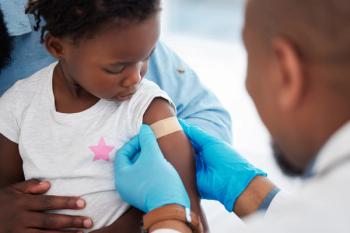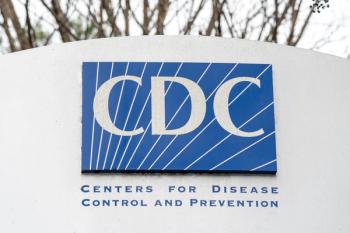
Understanding childhood trauma, with Victor Carrion, MD
Victor Carrion, MD, explains how providers can recognize the signs of accumulated stress in children and support recovery through education and connection.
Victor Carrion, MD, director of the Stanford Early Life Stress Research Program and professor of child and adolescent psychiatry at Stanford University, emphasized that recognizing what children are experiencing—and meeting them where they are—is central to improving mental health care for youth.
“We may not necessarily wait for the referral from the pediatrician, but we can go to where these kids are, which is our schools," said Carrion, who explained how stress can initially support growth and performance—but only to a point.
“Stress really operates in an inverted U-shaped curve, right? If we have no stress at all, that’s a problem too," he said. "If we don’t care about that exam we’re going to have tomorrow, we’ll probably fail. So the more stress we have, the more vaccinated, if you will, we become to traumatic stress when stress happens. So as stress goes up in that curve, we perform better. Our health is better, just in the same way that the immune system activates when there is stress—but only to an optimal point. After that optimal point, what we see then is the decline of the health, of the performance, of the well-being of the individual as stress accumulates. This is where traumatic stress occurs.”
Related: Supporting mental health in pediatric primary care with Victor Carrion, MD
In clinical care, he said, it is important not to focus only on one isolated traumatic event, especially since there is can be misperceptions that children are automatically resilient.
“We’re not talking about the motor vehicle accident in which they were involved last week... but we’re talking about the whole [emotional] backpack that the child carries. We all carry a backpack with all of our experiences, all of our stressors accumulated. The physiological cost to the body of the summation of all the experiences," said Carrion. "One big misnomer is that kids are resilient by virtue of being children. There’s nothing in the scientific literature that really supports that. In fact, what we see is the opposite. Children are more at risk and are more vulnerable. But we can give them opportunities to become resilient. We can cultivate that resilience. Resilience is a physics term—it means that you bounce back to where you were. If we can bounce back to a better place, that’s even better, and that is the process of adaptation.”
When working with children, Carrion said providers should recognize that many young people do not connect their past experiences to their present symptoms or behaviors.
“The children tend to compartmentalize. They may know that they have an experience. They may know that they have some symptoms or feelings—usually fear, sadness, and anger when they relate to trauma—and they may know that they do some behaviors that get them in trouble, but they don’t see the connection between these. They don’t see that because they have this backpack of traumatic events, they feel this way, and that makes them behave in a way that gets them in trouble.”
Newsletter
Access practical, evidence-based guidance to support better care for our youngest patients. Join our email list for the latest clinical updates.










